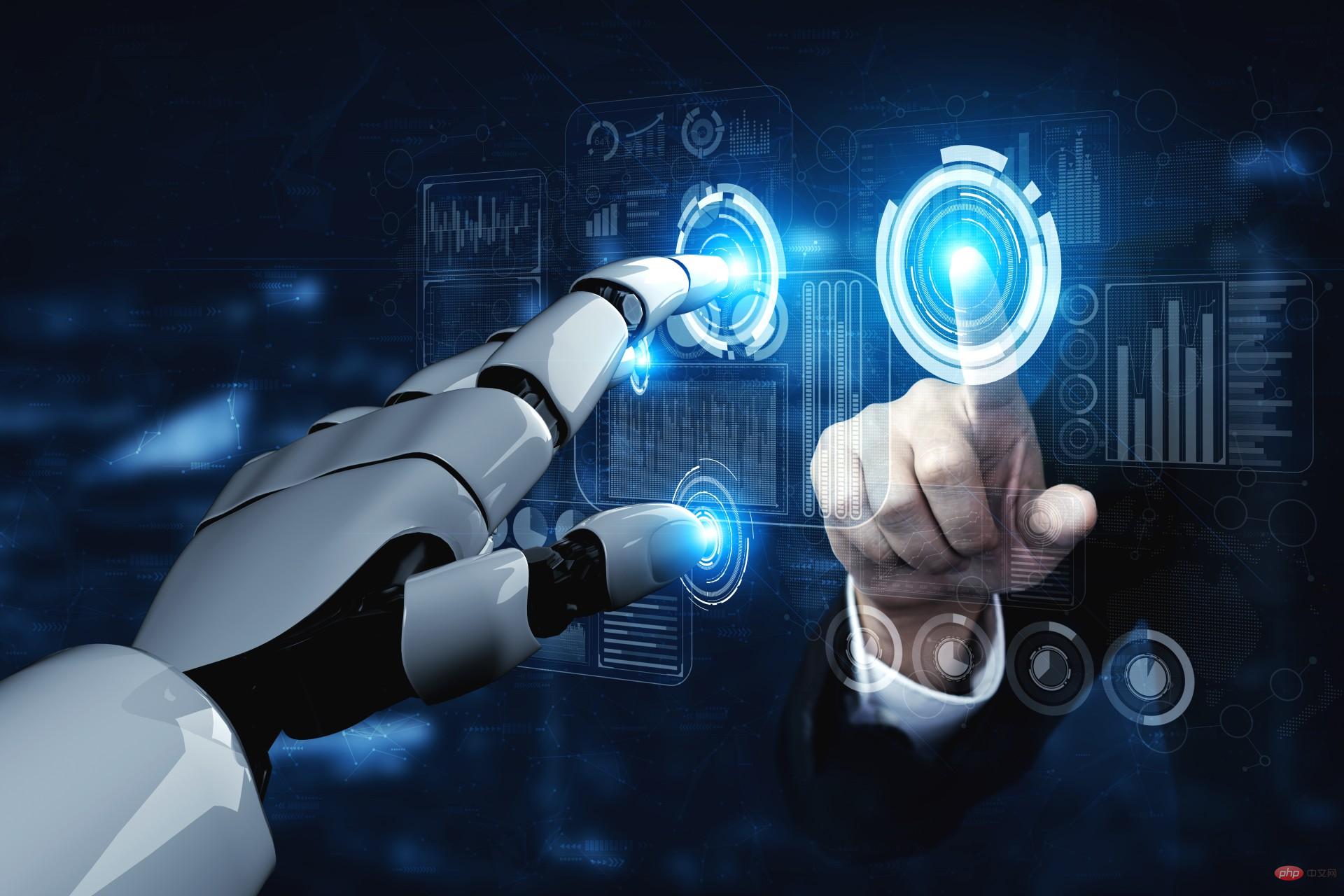
The field of computer vision has come a long way since the first experiments in image recognition in the 1960s.

Computer vision technology is being used in a wide range of applications, from self-driving cars to healthcare to security systems. In 2023, computer vision is gaining momentum with the latest advances in deep learning, neural networks, and image processing. But there are significant challenges, including ethical considerations and the need for more diverse and representative data sets. In this article, we explore the current state of computer vision in 2023, the opportunities ahead, and the challenges that must be overcome to unlock its full potential.
In recent years, deep learning has become a powerful tool for computer vision. Deep learning algorithms, which use artificial neural networks to mimic the way the human brain processes information, have been used to achieve breakthroughs in image recognition and classification. For example, in 2012, a deep learning algorithm called AlexNet achieved a record error rate of 15.3% in the ImageNet large-scale visual recognition challenge, greatly exceeding the previous best result.
Since then, deep learning has continued to improve, with new algorithms and architectures pushing the limits of what is possible. For example, in 2020, researchers at Google introduced a new deep learning architecture called EfficientNet that achieved state-of-the-art results on a range of image classification tasks while using fewer parameters than previous models. Since then, EfficientNet has been adopted by a wide range of enterprises and researchers, highlighting the power of deep learning in computer vision.
Another area where computer vision has seen recent advances is image processing. Advances in image processing algorithms have made it possible to extract more information from images, such as detecting and tracking objects in live video streams. For example, in 2018, researchers at Stanford University developed a real-time object detection algorithm called YOLO that achieved state-of-the-art performance on a series of benchmarks. Since then, YOLO has been widely used in fields such as autonomous vehicles and safety systems.
Recent advances in computer vision have opened up a range of new opportunities across all walks of life. Here are some examples:
While the opportunities for computer vision are enormous, the field also faces significant challenges. Here are some examples:
The computer vision market has been expanding across multiple industries over the past few years and revenue is expected to be 2023, according to Allied Market Research It will grow by US$17.4 billion and will grow by US$41.11 billion by 2030.
With the latest advances in deep learning, neural networks and image processing technology, computer vision has strong prospects for future development. Computer vision is being used in a wide range of applications, from healthcare to retail to security systems, and holds huge promise for the future. However, the field also faces significant challenges, including ethical considerations, data bias, adversarial attacks, and hardware limitations. To unlock the full potential of computer vision, researchers and developers must continue to address these challenges and ensure that their systems are designed to promote fairness, transparency, and social justice.
The above is the detailed content of The current status of computer vision in 2023: Opportunities and challenges coexist. For more information, please follow other related articles on the PHP Chinese website!




